In May of 1952, a U.S. Fish and Wildlife Service employee, Roy R. Lindsley, took down a record-breaking brown bear. The bear scored an astonishing 30 12/16 and is the largest Alaska brown bear ever recorded.
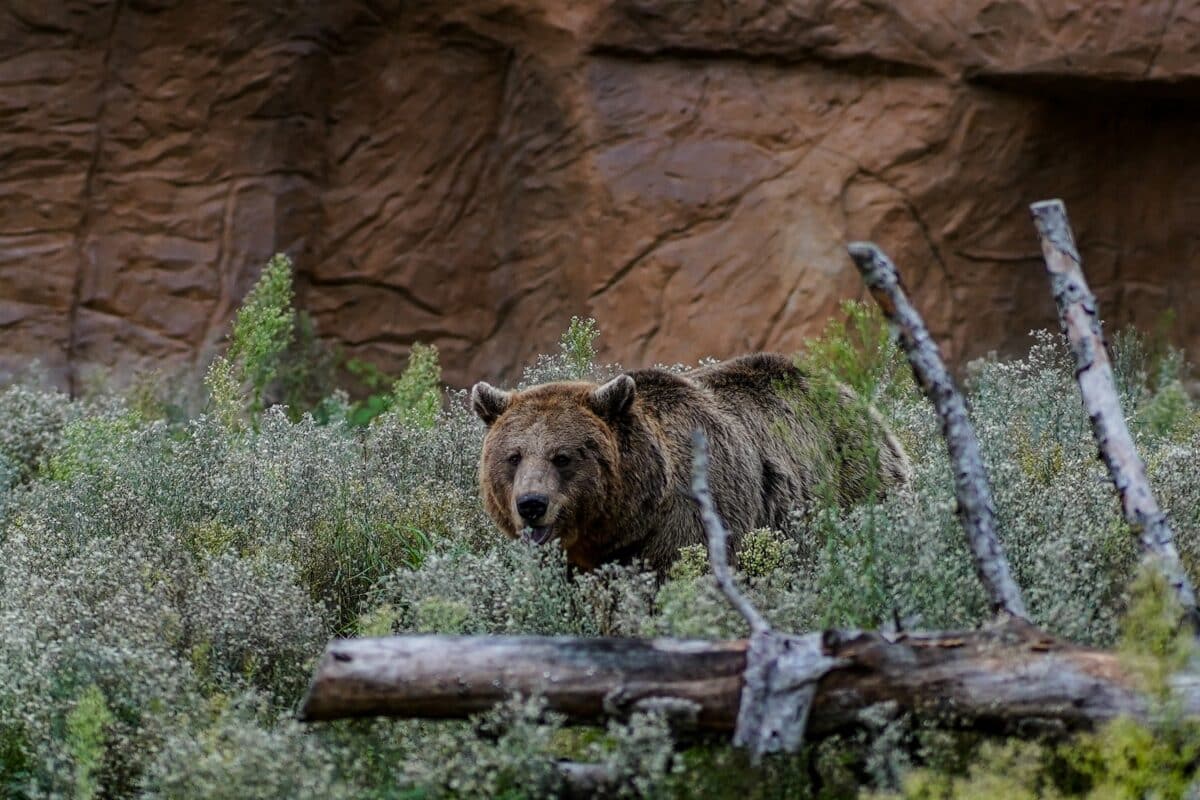
Deep in the heart of Kodiak Island, a population of brown bears has been isolated for over 12,000 years. These massive creatures can grow up to 1,500 pounds and stand over nine feet tall, making them one of the largest bear species in the world.
In this article, we’ll dive deeper into the details of this impressive feat and learn more about these incredible creatures. Let’s get into it!
Key Points
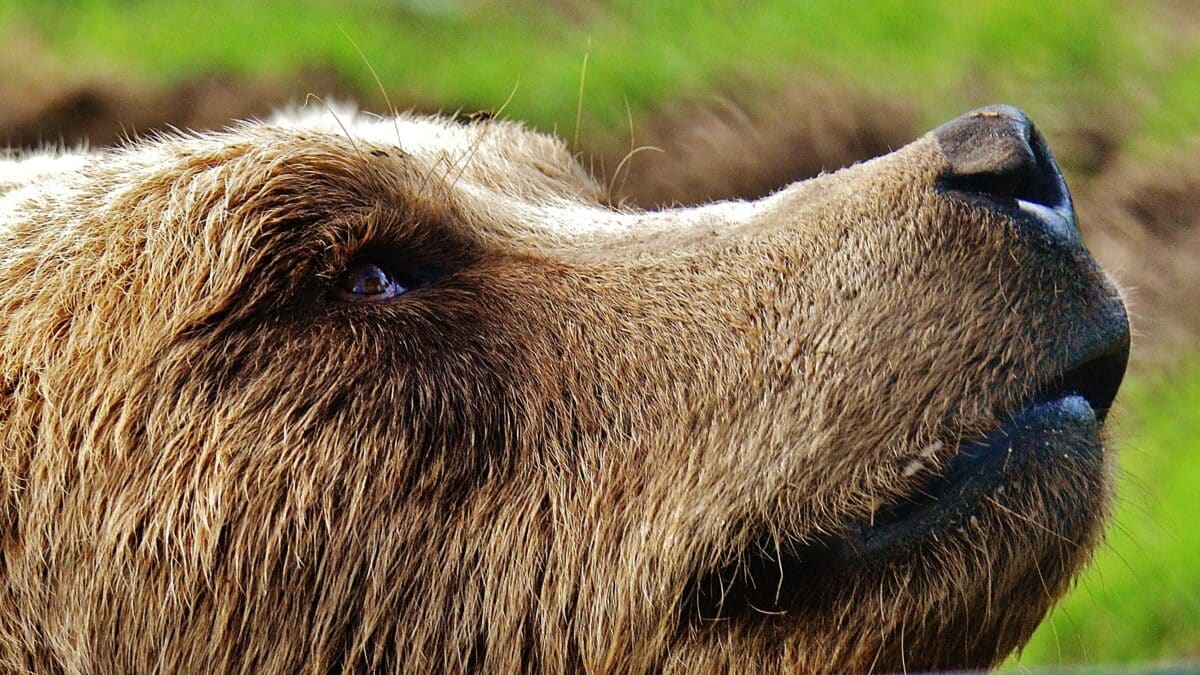
- The Kodiak bear is a unique subspecies of brown bear found exclusively in the Kodiak Archipelago in Alaska and has been genetically isolated for 12,000 years.
- The Kodiak bear is the largest subspecies of brown bears, with males weighing up to 1,500 pounds and standing over 10 feet tall on their hind legs.
- The Kodiak bear is an apex predator in its ecosystem and feeds primarily on salmon, berries, and grasses; and is also an important cultural symbol for the native Alutiiq people and a popular attraction for tourists.
The Largest Brown Bear Ever Recorded

Kodiak Island, located 250 miles south of Anchorage and below the mouth of Cook Inlet, is home to a unique population of brown bears that have remained genetically isolated for an astonishing 12,000 years.
With an estimated bear population of 3,500, Kodiak boasts a bear density of approximately 0.7 bears per square mile.
In a significant event in May 1952, Roy R. Lindsley, a U.S. Fish and Wildlife Service employee, achieved the remarkable feat of shooting the world-record Alaska brown bear. This Kodiak bear scored an impressive 30 12/16 and was taken near Kodiak’s Karluk Lake.
These massive Kodiak Bears can reach weights of up to 1,500 pounds after feasting on coho salmon during the fall, and they may stand over nine feet tall as they emerge from the bankside sedge grass. Lindsley, using a 30-06 rifle with a 180-grain bullet, ensured a clean and effective kill to prevent any possibility of the bear charging or escaping into dense alders.
The bear’s skull, measured at 17 15/16 inches in length and 12 13/16 inches in width, resulted in a cumulative score of 30 12/16 points. This achievement earned the bear the prestigious title of world record during the Club’s sixth awards competition, held at the American Museum of Natural History in New York City in 1954.
The Kodiak Bear
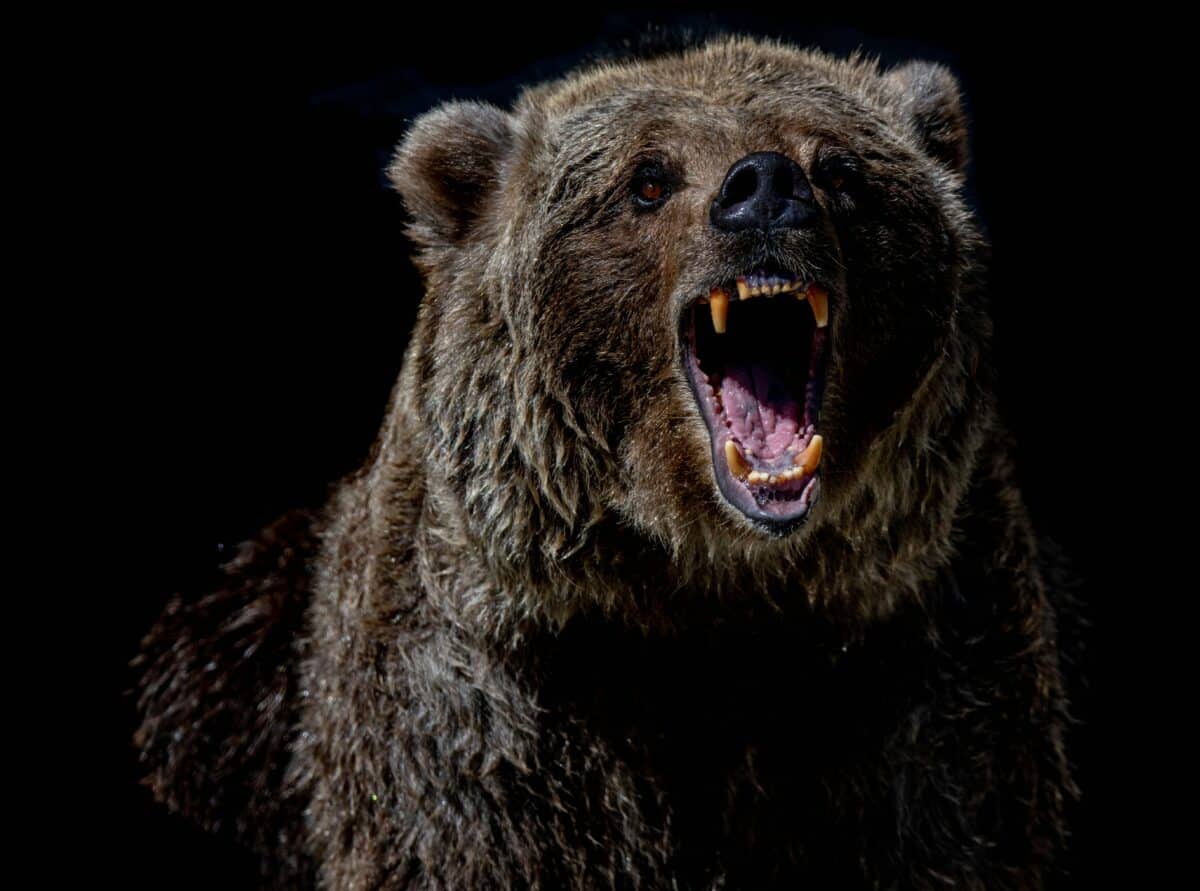
The Kodiak bear is a subspecies of the brown bear found exclusively in the Kodiak Archipelago in Alaska.
Kodiak bears have slightly different skull proportions, claw shapes, and dentition than other brown bears in Alaska.
It is the largest subspecies of brown bears, with males weighing up to 1,500 pounds and standing over 10 feet tall on their hind legs.
The Kodiak bear is known for its size, strength, and agility and is an apex predator in its ecosystem. It primarily feeds on salmon, berries, and grasses but has also been known to prey on larger animals like moose and caribou.
The Kodiak bear is an essential part of the culture and mythology of the native Alutiiq people and is a popular attraction for tourists visiting the Kodiak Archipelago.
Importance of the Kodiak Bear in the Ecosystem
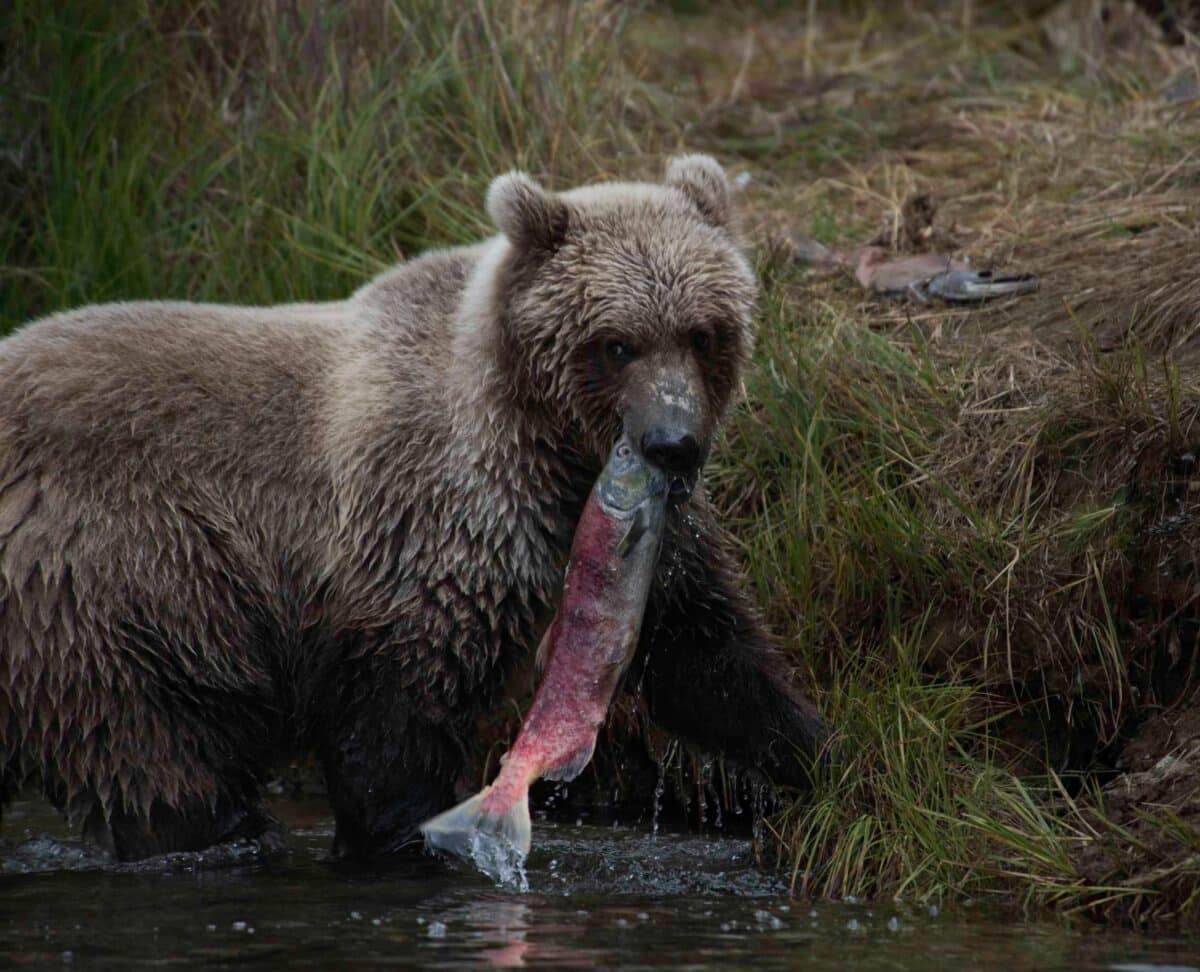
As apex predators, Kodiak bears play a crucial role in their ecosystem. They help regulate the populations of their prey, such as salmon and other fish. This can have a cascading effect on the food web.
Additionally, their feces and remains provide nutrients for the soil and vegetation, which can benefit other animals in the ecosystem.
Kodiak bears also have cultural and economic significance for the people of Kodiak Island, where they live. The bear is a vital part of the Alutiiq people’s culture, and hunting and tourism related to the bear can provide income for the local community. However, managing these activities is essential to protect the bear population and the community’s economic well-being.
Conservation efforts have helped to increase the population of the Kodiak bear in recent years. Although it is still considered a threatened species due to habitat loss and hunting.
Brown Bears
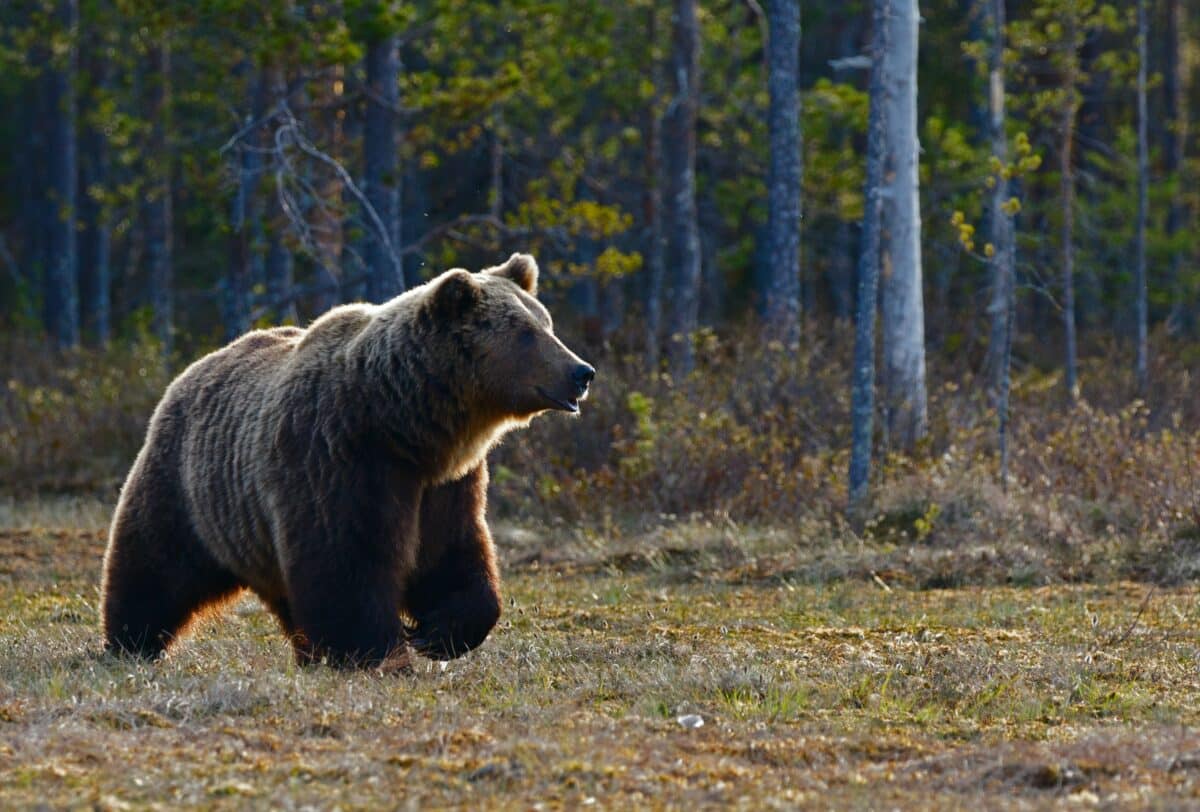
Brown Bears are a species of giant bears in various parts of the world, including North America, Europe, and Asia.
They are also known as grizzly bears in some regions, and their scientific name is Ursus arctos.
Brown bears are omnivorous, which means they eat both plants and animals. Their diet can include fish, berries, nuts, roots, insects, and larger mammals such as deer or moose.
They are apex predators and play a crucial role in regulating their ecosystems. They help control the populations of their prey, which can have cascading effects on the food web.
Brown bears are also keystone species, meaning their presence in an ecosystem can disproportionately impact other species. Protecting brown bears and their habitats is vital for maintaining healthy ecosystems.
5 Fun Facts about Brown Bears
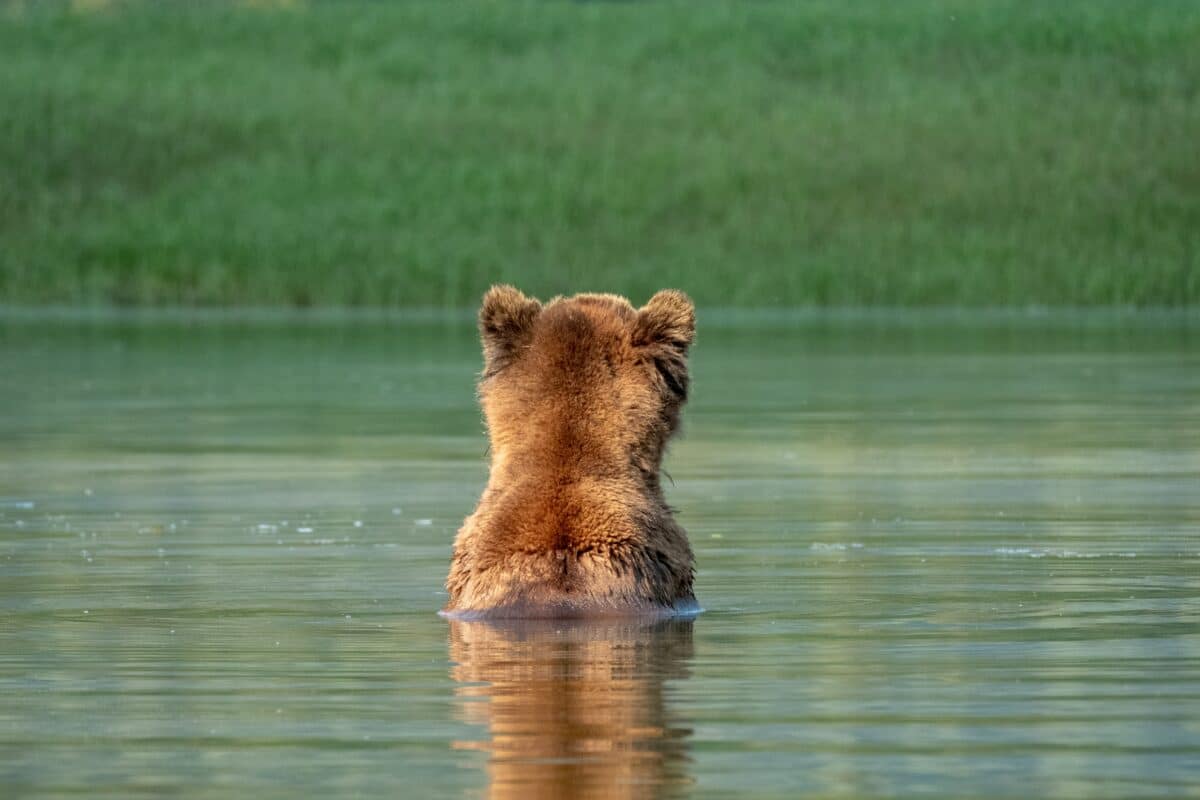
Here are five fun facts about Brown Bears:
- Brown bears are excellent swimmers who can swim long distances for food.
- These bears have a powerful sense of smell that can help them locate food from miles away.
- Brown bears are very intelligent and can learn to perform various tasks, such as opening containers to access food.
- Cubs are born blind and toothless and rely on their mother’s milk for nourishment for the first few months.
- Brown bears are very vocal and communicate with each other using a variety of sounds, such as grunts, moans, and roars.
The Bottomline
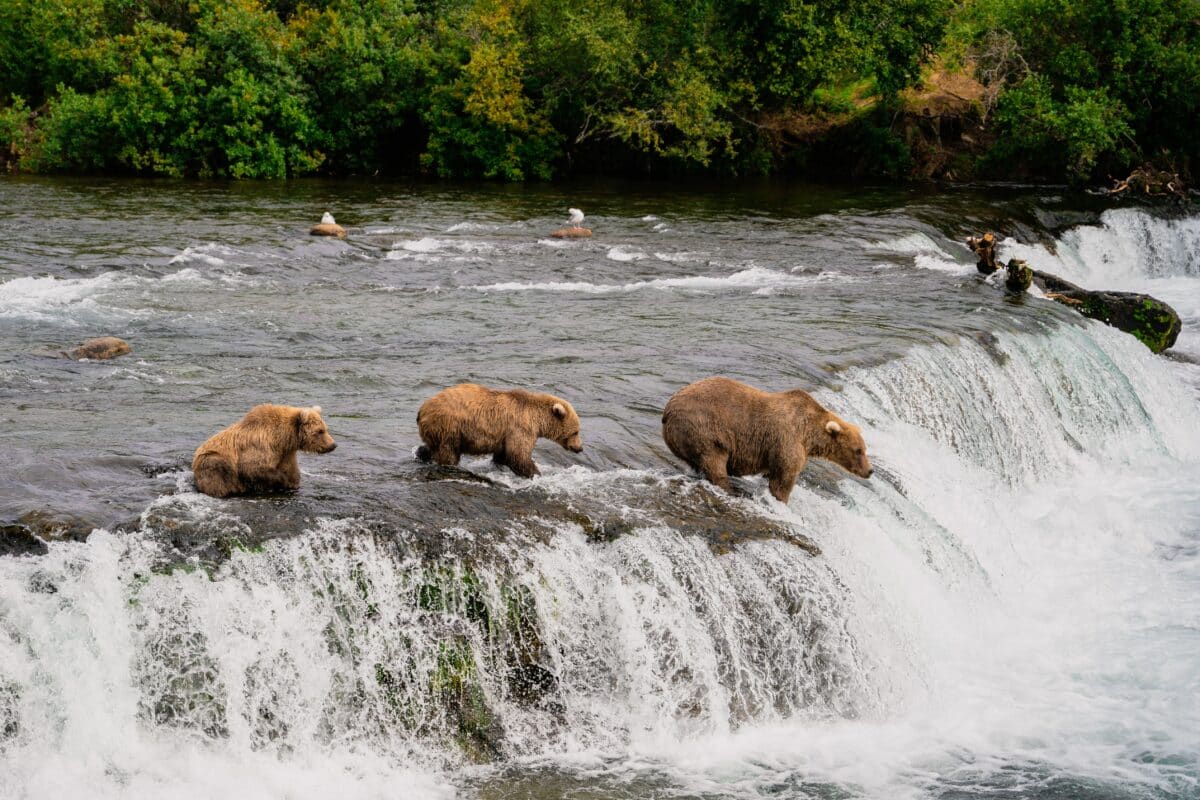
The article discusses the most giant brown bear ever recorded, shot on Kodiak Island, Alaska, in 1952. The bear weighed 1,500 pounds and stood over nine feet tall. Kodiak bears are a subspecies of the brown bear.
They are apex predators in their ecosystem and play a crucial role in regulating the populations of their prey. The article also discusses the cultural and economic significance of the Kodiak bear for the people of Kodiak Island.
Thank you for following along with this article!
Next up in the animal-news world:
- Mass Deaths of Dolphins in the Black Sea Linked to the Russians
- Pregnant Hammerhead Shark Washes Ashore in Alabama
- 2,000 Endangered Rhinos to the Highest Bidder
- Discover The Most Massive Gorilla Ever (860 Pounds)
- Watch a Tiger taking on an Elephant in the Wild
- Discover the World’s Most Colossal Anaconda (33-Foot-Long)
- Mom and Daughter Takes Hen and Chicks to the Store in Backpacks - April 24, 2024
- Watch: German Shepherd thinks he’s dying at the grooming salon - April 24, 2024
- Watch: Cats Meet Babies for the First Time - April 24, 2024


